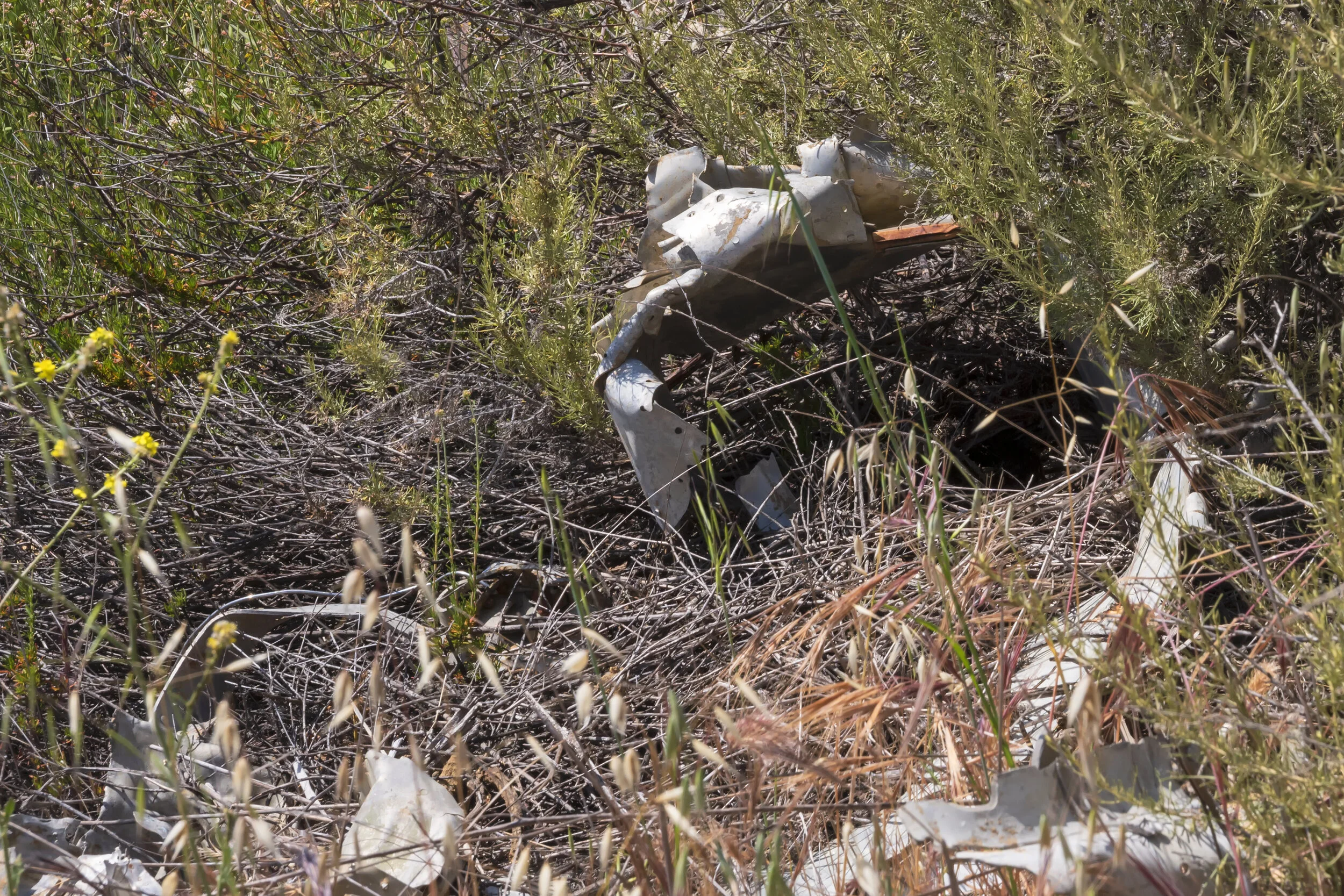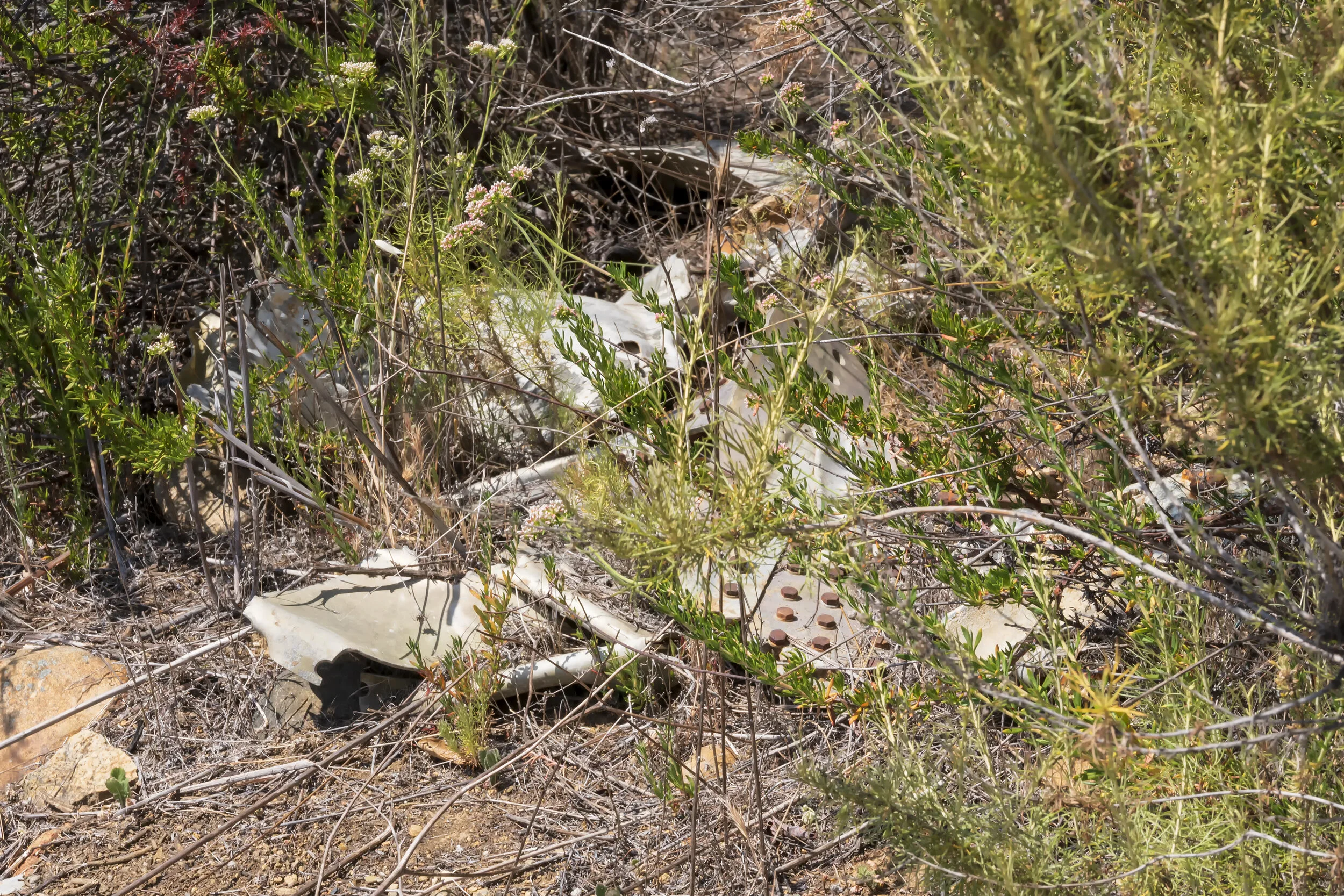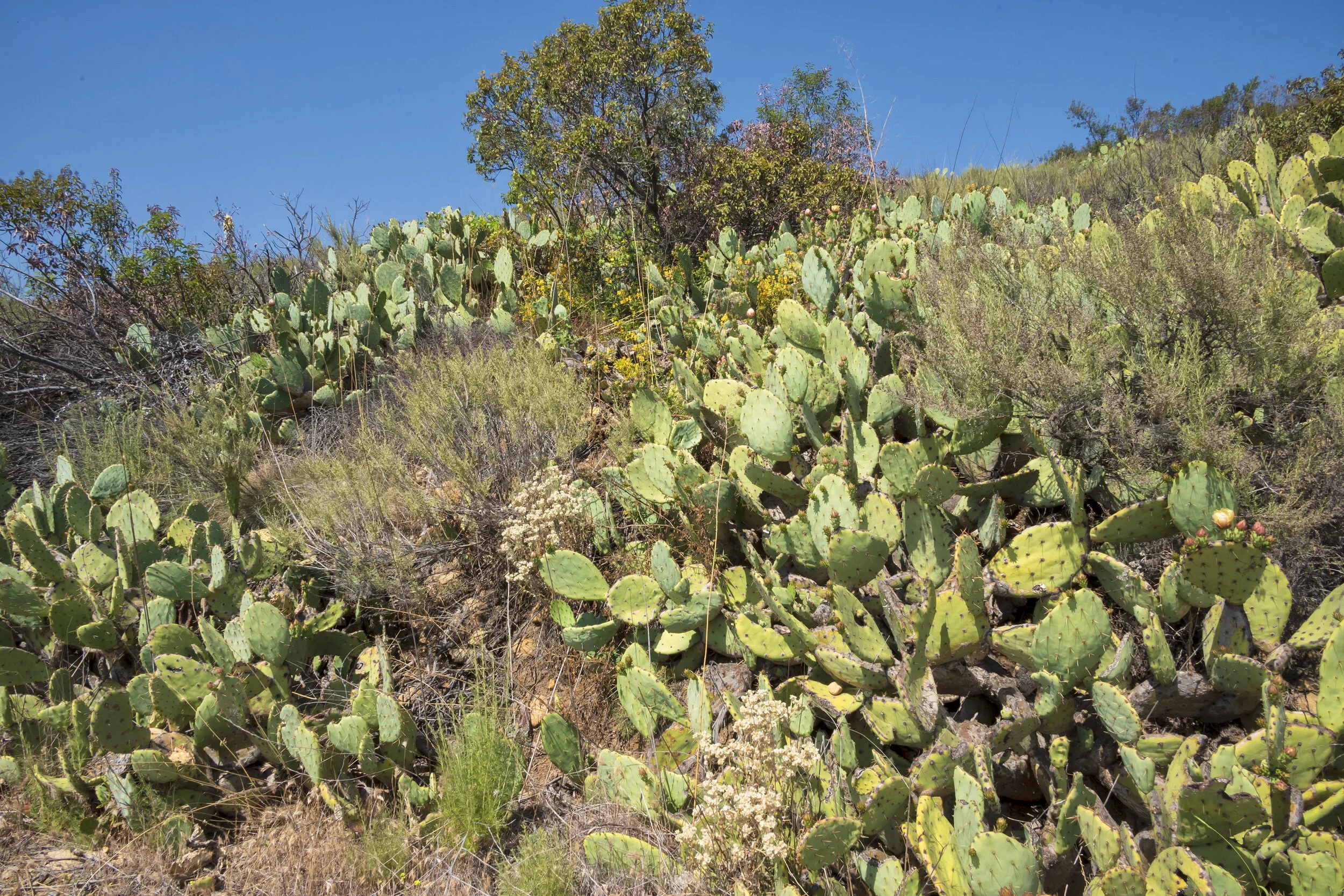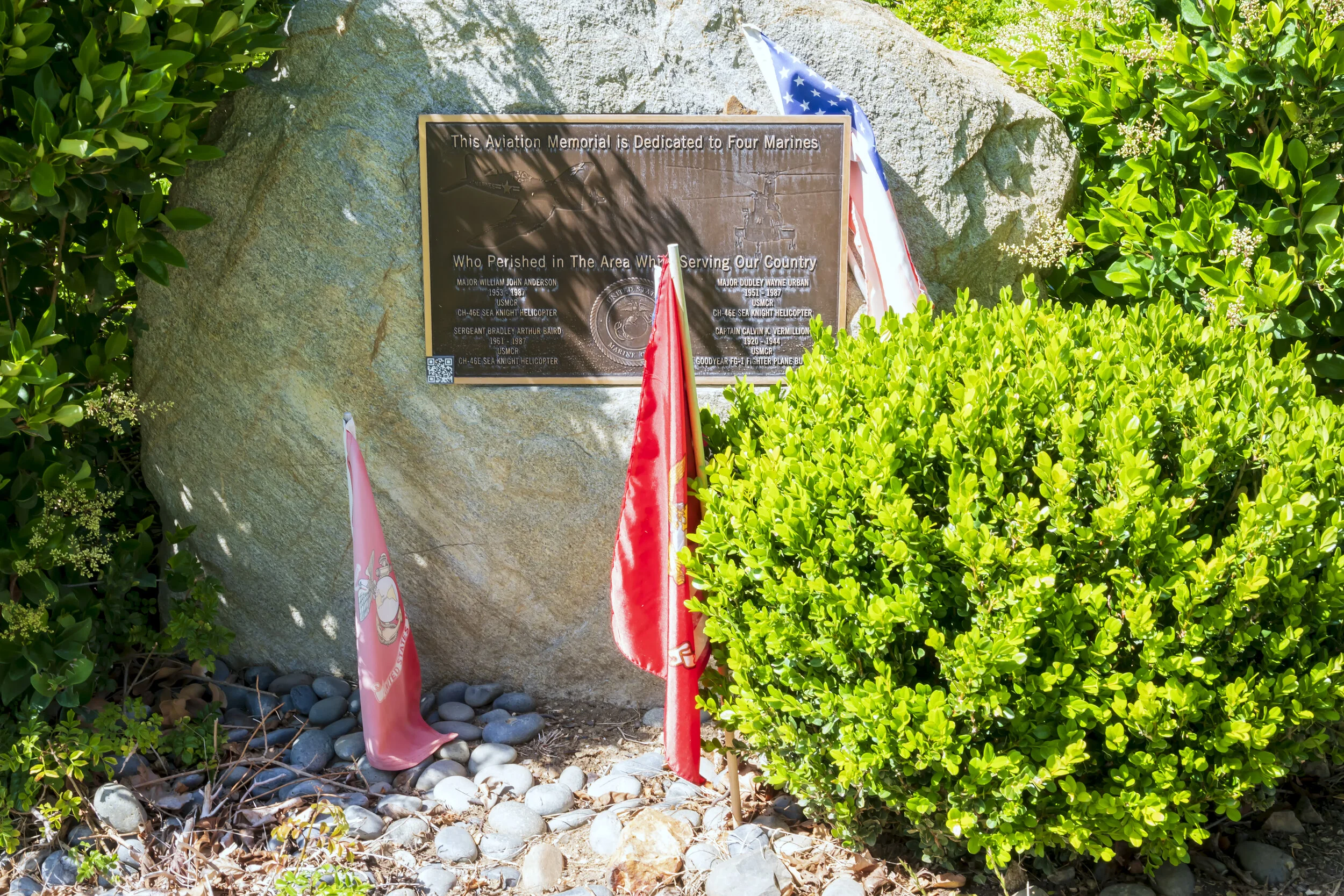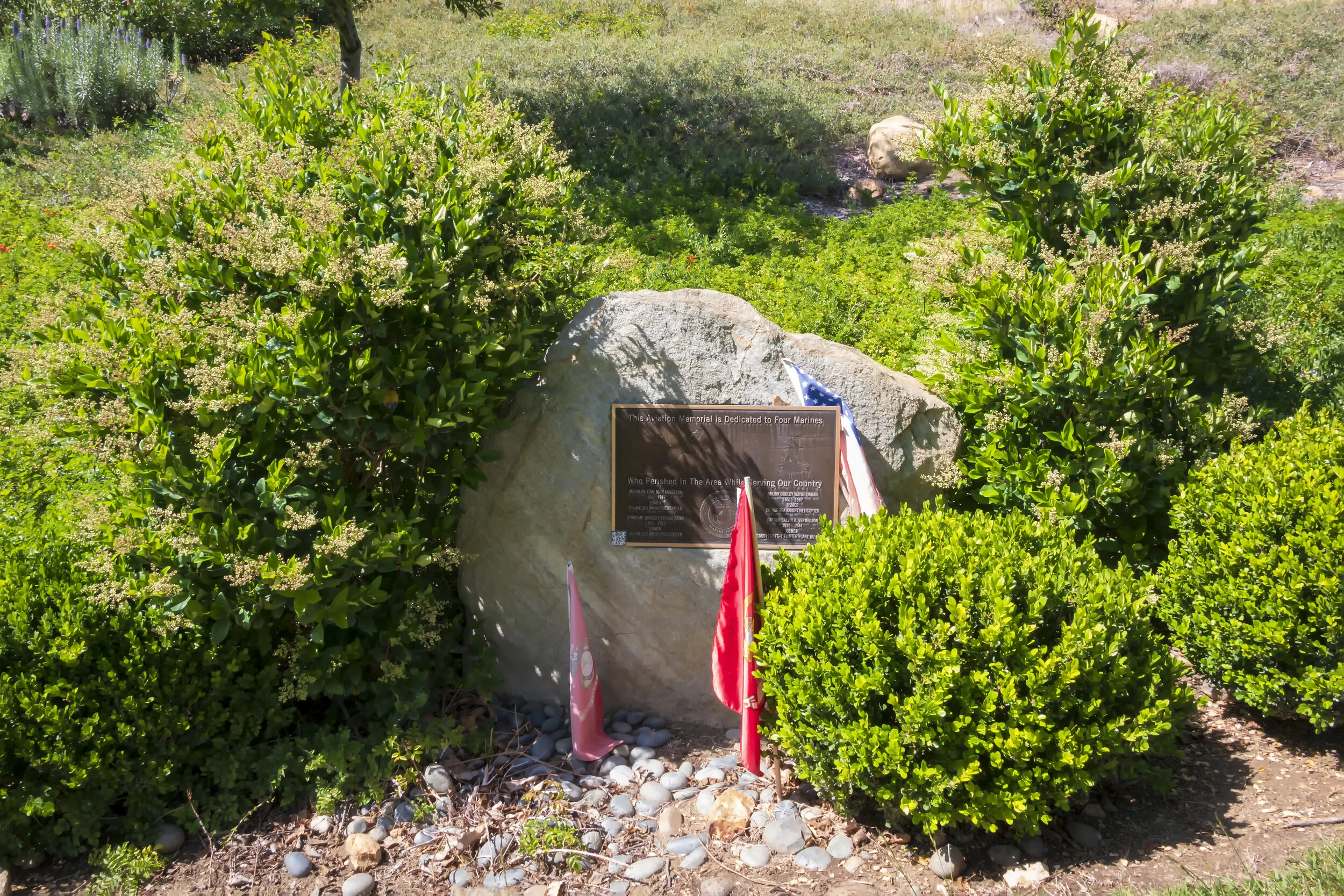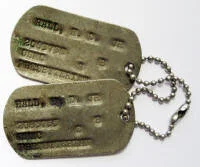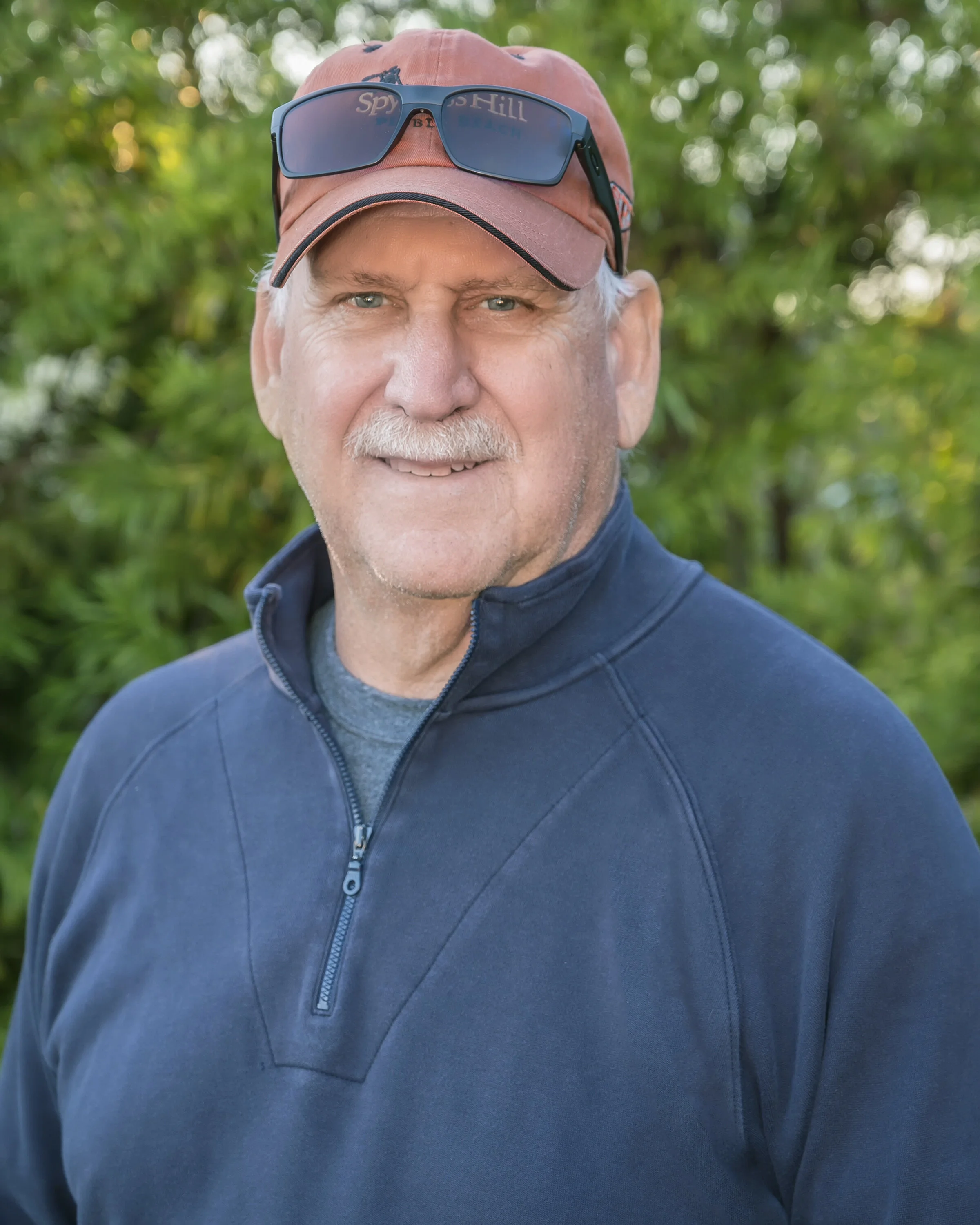Memorial Day: Honoring the Fallen and Bringing Closure By Steve Tabor
Memorial Day: Honoring the Fallen and Bringing Closure
By Steve Tabor
Over the years the mountains, hillsides and rural terrain of California have claimed the lives of many civilian and military personnel. Often families are notified of the accidents by officials and most times remains of the victims are recovered and returned to their loved ones. However, there are still a number of aircraft accidents that remain undiscovered. Regardless, for many of the surviving family members and friends there are often unanswered questions and a lack of a sense of closure. For G. Patrick Macha and the dedicated members of his Project Remembrance Team honoring these victims and providing family and friends with insight into their fallen loved ones’ final moments serves as motivation and strengthens their commitment.
For Macha it all began during the summer of 1963 while serving as a Centinela Valley YMCA camp hike master. Macha, the son of a South Bay aerospace engineer and World War II Army veteran, stumbled upon the wreckage of a U.S. Air Force Douglas C-47 in the San Bernardino mountains while leading a small group of campers ascending Mt. San Gorgonio. Macha shares that he later learned, “The crash occurred in 1952 and claimed the lives of thirteen people. Also, while attempting a rescue, the crew of a Marine rescue helicopter made a crash landing at the C-47 site without sustaining any injuries to the crew. They were later rescued by another Marine helicopter.” Macha and his group of hikers could see that the crash site had been marked with a yellow “X” indicating that it was not a recent crash and military officials had visited the site to recover the remains and personal effects of the victims.
Being an aviation buff, Macha took note of the location and later returned to the unburned aircraft. When he arrived at the crash, he scanned the twisted and mangled metal of the aircraft, Macha could see the crew members’ parachutes along with various pieces of equipment from the plane. Macha found a seat on a nearby boulder and sat for over 30 minutes contemplating what had happened on December 1, 1952. Initially Macha was filled with a great sense of loss, as he wondered about the final moments of victims. Then he began to wonder about the many family members and friends these victims left behind. He was certain that they too were left with unanswered questions about what events led to this fatal event and what exactly happened.
Driven by his feelings of loss and his desire to learn more about this incident, Macha contacted a local U.S. Forest Service Ranger to see if he could provide some additional informaion. The Ranger was able to provide some answers, but Macha continued to wonder about the C-47 and other crashes in Southern California.
Macha recalls during his college years he would avail himself of the microfilm files at his college library. Instead of cramming for exams or performing research for his papers, Macha found time to look for information about aircraft crashes in Southern California. Some of the incidents involved civil aircraft, others involved military aircraft. The articles would provide some details about a crash, but seldom did they indicate the location of crash with any accuracy. He states that in one issue of Los Angeles Times, he found seven articles about missing or crashed aircraft.
In addition, he visited the Civil Air Patrol Headquarters in the San Fernando Valley because at the time, they had the most complete library related to aircraft crashes in Southern California. Gradually, he took this information and established his personal database of aircraft accidents. Eventually this database has grown to include information about aircraft accidents in all parts of the United States, including Hawaii, and Europe.
Throughout his life this former South Bay high school social studies teacher would voluntarily spend his weekends, vacations and school breaks attempting to locate and accurately map these sites. Macha points out shortly after the crash of a civil and military aircraft, searchers will remove the remains of the victims and some personal items, but generally the wreckage and other debris are left in place. Once the site is located, Macha takes photographs to document the crash site and gathers additional information specific to the site to add to his archives. When he returns home, Macha attempts reach out to the families if personal effects are found. As an example, Macha points to a find he made in 2007. While conducting a search for the Irvine Ranch Conservancy, he discovered a set of “Dog Tags” of a fallen U.S. Marine Corporal. Macha turned over the tags to the Irvine Ranch Conservancy for safe holding. Through the efforts of an Irvine Ranch Ranger, the next of kin were eventually located and in 2013 the tags were returned to grateful family members.
As time progressed, Macha met several like-minded individuals and founded the all-volunteer team, Project Remembrance. By forming his team, Macha was able to expand research efforts and expand search capabilities to some ocean crashes. Project Remembrance team members bring their own skill set, and materials to assist with search efforts.
One such case involves the search for the crash site involving Women Airforce Service Pilot (WASP) Gertrude Tompkins Silver and her P-51 Mustang. Tompkins Silver was one of 40 WASP pilots who were ferrying Mustangs from the North American Aviation factory at Mines Fields, an airfield that is now part of the Los Angeles International Airport (LAX) complex, to Newark, New Jersey where the planes would be shipped to Europe.
Due to canopy problems Tompkins Silver and two other flyers were delayed taking off. As a result, the first leg of their mission would take them only as far as Palm Springs. As Tompkins Silver plane lifted off, she flew into a coastal fog bank and was never seen again. When the two WASP pilots ahead of Tompkins Silver landed in Palm Springs, they assumed that Tompkins Silver’s canopy problems forced her to return to Mine’s Field. It was not until five days later that Tompkins Silver was considered missing.
Over the years Macha gathered information related to the missing flyer from a variety of sources. Initial reports indicated that searches were not able to locate any debris field nor did any debris wash up on any part of the Southern California shoreline. Other research uncovered the weather conditions, ocean currents and other information that might provide some clue to finding the missing WASP.
Eventually Macha was contacted by Tompkins Silver’s great niece and her husband, who had previously met Macha at presentation about one of his books on crash sites. They were heading up an effort to locate Tompkins’ crash site and hoped that Macha would assist in the undertaking. Macha attempted two unsuccessful searches in 1997 and 2004. In 2010, Macha assisted by Project Remembrance, a large group of individuals donated their time and talents. Divers visually searched the ocean floor off LAX while others using high tech equipment scanned the ocean floor for abnormalities. However, they could not spot any signs of the wreckage. Macha explains that the plane remains could be under several feet of debris or sediment.
Turning their search inland, Macha and two other team members searched the San Jacinto Mountains following a report of an undiscovered downed aircraft. When they arrived at the location, the team discovered it was civilian aircraft.
Although the search for Tompkins Silver did not provide any answers about the missing WASP flyer, the scan of the ocean floor did reveal an abnormality near Marina Del Rey. As they explored the site, they could identify the aircraft which turned out to be a Lockheed T-33, a U.S. Air Force trainer, that had crashed during a training flight. Although the ocean waters had claimed the bodies, Macha and his team were able to provide some answers for family members.
Macha shares, “After locating the crash site, the family wanted to visit the location. One of our volunteers who owned a boat, took the family members from King Harbor in Redondo Beach to the area above the wreckage. Once they were over the site, they laid wreaths on the water to honor the fallen.” Shortly after, Macha received a letter from the nephew of one of the flyers thanking him and his team and sharing his personal insights about how his uncle served as a role model for him.
In another instance, Macha outlines an event that was coordinated by Eagle Scout candidate, Jordan Fourcher, with the assistance of Project Remembrance as a commemoration of the 50th anniversary of a fatal crash involving a Boeing C-135 military transport, a military version of a Boeing 707. The plane carrying 72 U.S. Marines and 12 U.S. Air Force crewmembers bound for the Republic of Vietnam took off from El Toro Marine Air Station in poor weather conditions and within minutes crashed on Loma Ridge in Irvine Ranch. Family and friends of the fallen hiked to the crash site and placed a memorial honoring the fallen servicemen.
For Macha and Project Remembrance, Memorial Day is celebrated every day of the year, honoring those who have lost their lives in aircraft accidents and providing a sense of closure to the family and friends they have left behind for generations to come.
Epilogue
As part of my time with Macha we visited a small park and hiking trail on Robinson Ranch Road in the City of Rancho Santa Margarita to visit the 1944 crash site of a U.S. Marine Corps FG-1, Corsair fighter. At the trailhead stands a memorial dedicated to USMC Reservist Capt. Calvin Vermillion, who died in the crash of the Corsair, and four other USMC Reservists who died in a training accident in 1987 when their CH-46, Sea King helicopter, crashed into a nearby hilltop. Standing at the impact crater of Capt. Vermillion’s downed aircraft, one is reminded of the sacrifices our men and women in uniform make on our behalf. It is important that on this Memorial Day that we never forget their service.
Steve Tabor Bio
This South Bay native’s photographic journey began after receiving his first 35 mm film camera upon earning his Bachelor of Arts degree. Steve began with photographing coastal landscapes and marine life. As a classroom teacher he used photography to share the world and his experiences with his students. Steve has expanded his photographic talents to include portraits and group photography, special event photography as well as live performance and athletics. Steve serves as a volunteer ranger for the Catalina Island Conservancy and uses this opportunity to document the flora and fauna of the island’s interior as well as photograph special events and activities.
Watch for Steve Tabor Images on the worldwide web.




